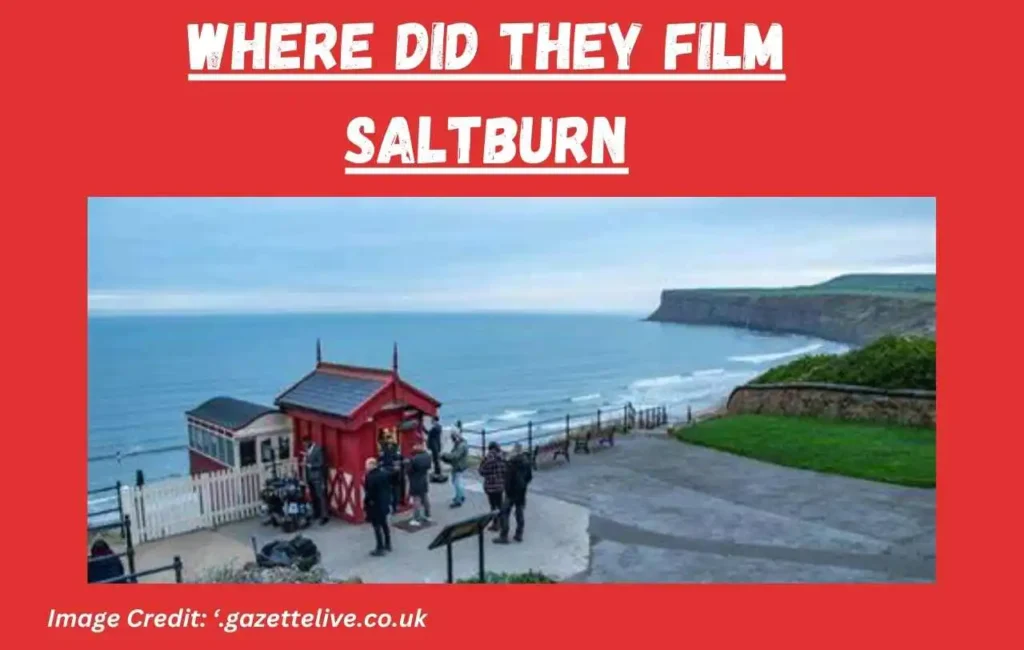Unveiling the Cinematic Backdrop of “Saltburn”: Drayton House in Northamptonshire
ton House
In the captivating world of cinema, the backdrop often plays a pivotal role in bringing stories to life. For Emerald Fennell’s film “Saltburn,” the chosen setting is the historic Drayton House in Northamptonshire, England. Let’s delve into the behind-the-scenes details of this private English estate that added an aura of mystery to the film.
Behind the Scenes: Adapting Drayton House for “Saltburn”

3.1 Transformation of Interior Spaces
Drayton House, a private English estate, became the canvas for the film’s production designer, Suzie Davies. The decision to use a location unfamiliar to viewers led to creative freedom in altering the interior spaces. Davies shared, “There’s a run of rooms that I changed around completely. The bathroom isn’t a real bathroom — that was a bedroom.” The manipulation of spaces allowed for a unique cinematic experience.
3.2 The Enigmatic Garden Maze
One of the striking features in “Saltburn” is the garden maze, a visual spectacle that adds depth to the storyline. Davies and her team employed a combination of real construction, CGI, and post-production editing to bring the maze to life. This meticulous process highlights the dedication to creating a captivating cinematic environment.
Exploring Accessibility: Can You Visit the Saltburn Estate?
Drayton House, the private estate featured in “Saltburn,” remains closed to the public. Built in the 1300s, this historic estate belongs to the Stopford-Sackville family, maintaining a tradition of privacy. The decision to use such an exclusive location adds an air of authenticity to the film, as viewers encounter a setting rarely seen on screen.
Is the Saltburn Estate Real?
While the estate used in the film is indeed real, it is not named Saltburn; it is known as Drayton House. The film’s director, Emerald Fennell, deliberately chose this private English estate for its secluded nature. Notably, there exists a real location named Saltburn-by-the-sea, but it is a couple of hours away by car from the cinematic backdrop of “Saltburn.”
The Naming Choice: Why “Saltburn”?
According to ScreenDaily, Emerald Fennell chose to name the estate ‘Saltburn’ because the word “has something innately sensual to it.” Fennell explained, “Combining the sensations of sweat and pleasure and pain as well. It’s a word you can feel.” This creative choice adds an intriguing layer to the film, showcasing the director’s attention to detail.
Conclusion: Drayton House – A Private Cinematic Gem
In conclusion, the use of Drayton House as the setting for “Saltburn” provides a glimpse into the meticulous craftsmanship behind the scenes. The adaptation of interior spaces, the creation of the garden maze, and the deliberate choice of a private estate contribute to the film’s overall allure. While inaccessible to the public, Drayton House stands as a testament to the cinematic magic woven into the narrative of “Saltburn.”
Saltburn movie Explained : A Deep Dive into Emerald Fennell’s Cinematic Masterpiece
